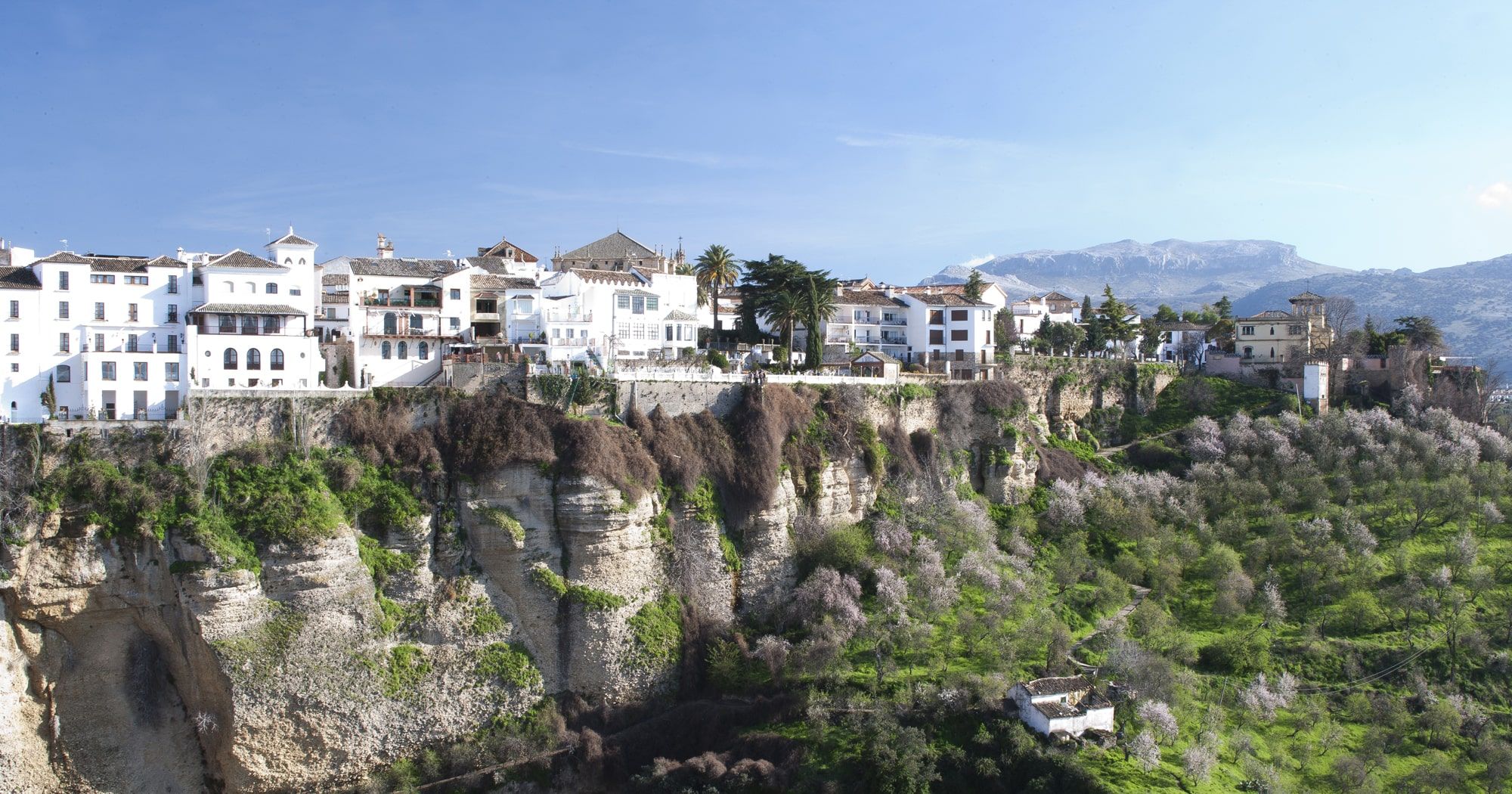Welcome to Real Ronda. To optimise your experience, cookie settings on the website are set to allow all cookies. By continuing your journey throughout the website, you consent to this.
Agree
About Ronda
About Ronda
About Ronda
Ronda is an ancient town in Andalucia, Southern Spain, split in two by the gorge of the Guadalvin river. Due to a history of inaccessibility, Ronda maintains many features lost to other towns. With the construction of new roads both from the coast and in-land, the town has opened itself up to visitors from across the world who come to admire its monuments and beauty and to enjoy the friendly qualities of its inhabitants.
The town is set high in the mountains directly inland from San Pedro De Alcantara on the Costa Del Sol, Ronda manages to retain much of the charm from its rich and colourful past. Because of its location, Ronda was one of the last strongholds of the Moors, falling to the forces of Castille in 1485 just seven years before the final defeat at Granada. Before this the town was a stronghold of the Romans who had a large settlement just 12 kilometres north west of the town.
Ronda's gorge, known as “El Tajo” is up to 150m /490ft deep and 40m /130ft wide. Three bridges span the gorge and connect the new town to the old town. On the whole, to the north of the gorge is the area for shopping and enjoying modern Ronda, whereas to the south, over the bridge into the old town, one can wander and allow antiquity to soak in. The biggest and most famous of the bridges is the “Puente Nuevo” (New bridge), built at the end of the 18th century. The view over the Puente Nuevo is spectacular, opening out to vistas of mountains with farmland in the foreground.
At a lowel level you can see the “Puente Viejo” (Old bridge) which was re-built in 1616 and lower down from this is the “Puente Árabe” (Arab bridge) and the “Baños Árabes” (Arab Baths) from the late 13th / early 14th century with fine arches and probably built on Roman ruins. Definitely worth a visit, this is a fascinating remnant of Ronda’s Moorish past. It has wonderful star shaped windows and octagonal brick columns and although in ruins, there is a refurbishment being undertaken.
Another famous monument is the “Plaza de Toros” (bullring). Ronda, being the home of traditional bullfighting has one of the oldest bullrings in Spain and incorporates a small museum of the art of the corrida. Even if bullfighting is not your favourite sporting pastime, the bullfighting costumes are well worth seeing. the building is also currently used for open air classical concerts and other events in the summer months.
To the south lies the old part of the town, which was the sight of the Roman settlement Arunda. This part has many old narrow streets and houses, some of which are quite large and open to the public for a small fee. Also there are many antique and bric-a-brac shops in this area. Of particular interest is the wrought iron metal work that is to be seen on the doors and windows of these old buildings and the tiles in the entrances to the cool interior patios of some of the grander houses. There are also many museums in this part of town.
Ronda is also known for its churches built after the Reconquista as Catholic Spain asserted its control over the formerly Muslim city. None of the Muslim mosques of Ronda survived; all were destroyed and Christian churches were built on their foundations. Although in some churches, parts of the original architecture are still visible. The “Iglesia de Santa María la Mayor” is the largest church, built on the foundations of the town mosque and situated in the Plaza Duquesa de Parcent, Ronda’s most picturesque square.